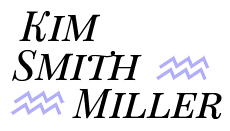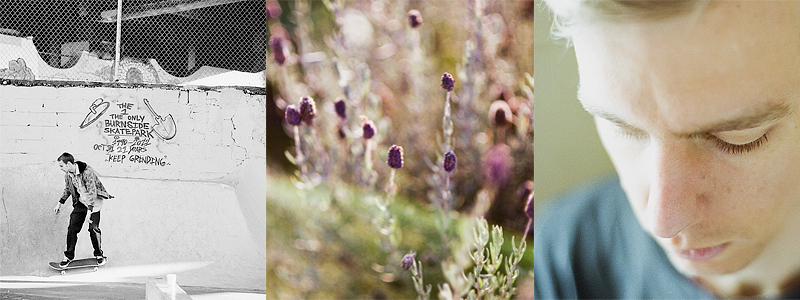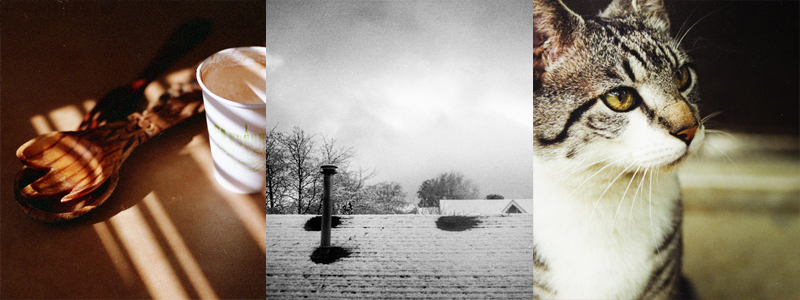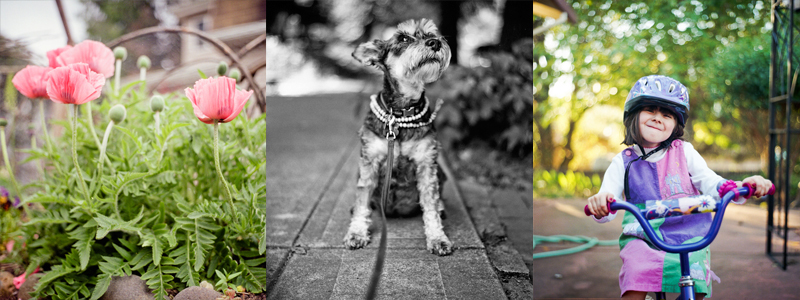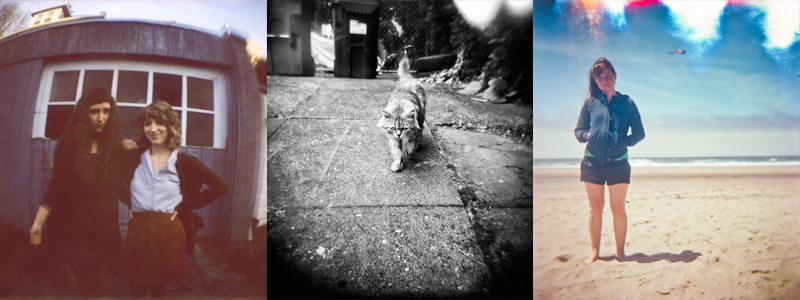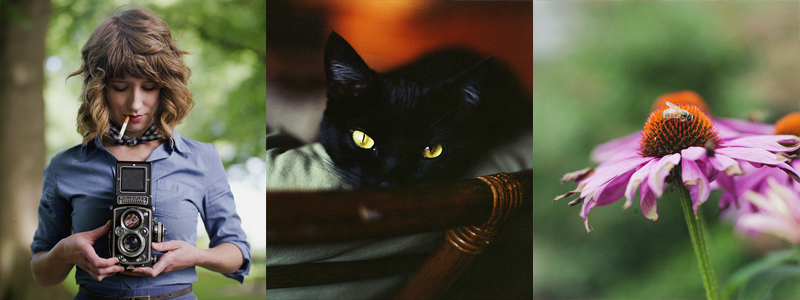Socialize
I admit it: I’m a camera junkie. I don’t have every camera ever, but I do have a lot. I created this guide to help give a better idea of what my film cameras are capable of, based on my own experiences with each.
NIKON F100
This is the ultimate 35mm camera for any Nikon shooter, if you ask me. While at the time of writing this, I’ve only had mine for less than a month, it didn’t take long at all for me to fall head over heels in love with it. It acts and feels just like my dSLRs — everything from the way it’s built, to the autofocus, to the location of important knobs and switches.
Needless to say, moving between shooting digitally and shooting with film feels incredibly fluid — so much so, that I still catch myself looking at the back of my F100 after taking a photo. :)
Click here to browse posts shot with the Nikon F100.
CANON AE-1 * PENTAX K-1000 * NIKON FM10
These three cameras are more or less the same, except for differences in build and how you read the light meter. They take standard 35mm film that can be bought in any camera shop or drug store. The AE-1 and K-1000 are tanks that know how to take a beating. The FM10 is a little more flimsy, but on the flip side that means it’s also very lightweight.
Aside from the meter, which requires a battery, they are 100% manual — right down to loading and rewinding your film. You will set your focus, aperture, shutter speed and rate your ISO all by hand.
As there are many films and lenses available for all of these cameras, bear in mind that different combinations of the three (camera, lens, film) will bear drastically different results.
Click here to browse posts shot with the AE-1.
Click here to browse posts shot with the K-1000.
Click here to browse posts shot with the FM10.
ROLLEIFLEX 2.8C
This is one of my favorite cameras ever. Known as a Twin Lens Reflex (TLR), the Rolleiflex and others like it have a “viewing” lens and a “taking” lens. Another all-manual camera, your shots are composed through a waist-level finder (WLF) that creates an interesting perspective compared to a traditional camera that’s held to your eye. While looking through the WLF, everything is reversed. This nauseated me a bit, but it didn’t take me long to get used to it.
TLRs take medium format — or 120mm — film and produce square frames. Loading the film can be a bit tricky, but easy to get down after a few YouTube tutorials.
Depending on the model, it may or may not have a light meter. Mine does not, so I have to use a handheld light meter to know what settings to use (or I meter with my dSLR if I’m lazy).
Click here to browse posts with the Rolleiflex 2.8C.
HOLGA 120S & DIANA+
These toy cameras seem to be a crowd-pleaser, but to be completely honest I have a very love/hate relationship with them. Perhaps mine are inhabited by some evil photography-hating spirits, but I rarely get back a roll of film with more than a few successful frames. Toy cameras such as the Holga and Diana+ take 120mm, so you can imagine that this can be very expensive! However, 35mm film backs can be purchased for them as well as a slew of other unofficial modifications.
Still, it is fun to have a camera you can simply toss in your bag, that doesn’t weigh anything and when you do get a shot, it totally rocks it in that lo-fi kinda way. They can produce square or 4×5 frames.
While there is little to do other than point-and-click, the Diana+ has a few extra settings you can adjust that will basically change the aperture from either f/11, f/16, f/22 or f/150 (Pinhole). It’s standard shutter speed is 1/60s (1/100s for the Holga), or you can shoot in Bulb (B) mode. You can also get different lenses for it — I have a fisheye that can be fun.
Film is advanced manually and shooting double exposures is as easy as clicking twice before advancing. Light leaks and accidental double exposures are a way of life with these cameras.
Click here to browse posts shot with the Holga 120S.
Click here to browse posts shot with the Diana+.
Mamiya RZ67
This, and cameras like it such as the very popular Hasselblad 500 C/M, are known as “system cameras.” They can be taken apart and put back together like Legos. You start with the body and from there tack on: lens, viewfinder, and film magazine. Having a removable film magazine means you can change what film you’re shooting mid-roll, and always keep one loaded with color, and another with black-and-white.
Again, this camera is completely manual. By default it comes with a WLF and no light meter, but you can buy a metered viewfinder.
The RZ67 is a lot bigger than other options, but for me the prize is the rotating back. What this means is, should I want to shoot a vertically-oriented photo, I just flick a switch, rotate my film back and we’re good to go! I also find that its heft makes handheld shots at slower shutter speeds a lot easier — I’ve shot at 1/30s with no obvious traces of camera-shake.
Click here to browse posts shot with the Mamiya RZ67.
Coming Soon…
Polaroid Spectra
Polaroid OneStep Close-Up 600
Polaroid SX-70
Polaroid 101 Land Camera
Lomokino
Demekin Fisheye 110
